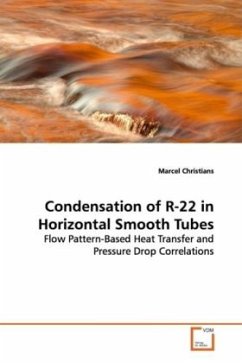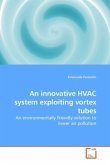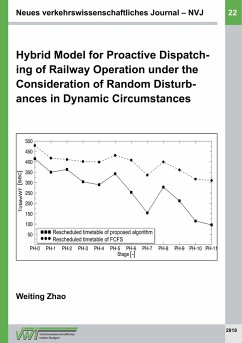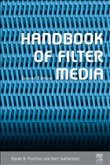The phase-out of ozone-depleting refrigerants, such
as R-12 and R-22,
according to the Montreal Protocol of 1987, has
provided the incentive
to increase the thermal efficiency of current heating and
refrigeration systems. The purpose of this study was
to increase the
accuracy of the predictions of both the
heat transfer and pressure drop correlations for
condensing refrigerants in the Intermittent flow
regime. This was done
utilizing a novel method involving the temporal and
spectral analysis
of the light intensity of the local flow regime, as
seen through a
sight glass. An experimental setup was designed,
built and commissioned
specifically for this purpose using refrigerant R-22
and a smooth
tube. It was found that the accuracy of the
mean heat transfer coefficient predictions increased
substantially
compared to other leading
correlations, particularly at low mass fluxes. In
terms of the pressure drop, the predictions also
increased in
accuracy, and it was found that the time fraction
method allows for continuous
predictions over flow regime transitions when using
local flow pattern-based pressure drop models.
as R-12 and R-22,
according to the Montreal Protocol of 1987, has
provided the incentive
to increase the thermal efficiency of current heating and
refrigeration systems. The purpose of this study was
to increase the
accuracy of the predictions of both the
heat transfer and pressure drop correlations for
condensing refrigerants in the Intermittent flow
regime. This was done
utilizing a novel method involving the temporal and
spectral analysis
of the light intensity of the local flow regime, as
seen through a
sight glass. An experimental setup was designed,
built and commissioned
specifically for this purpose using refrigerant R-22
and a smooth
tube. It was found that the accuracy of the
mean heat transfer coefficient predictions increased
substantially
compared to other leading
correlations, particularly at low mass fluxes. In
terms of the pressure drop, the predictions also
increased in
accuracy, and it was found that the time fraction
method allows for continuous
predictions over flow regime transitions when using
local flow pattern-based pressure drop models.








